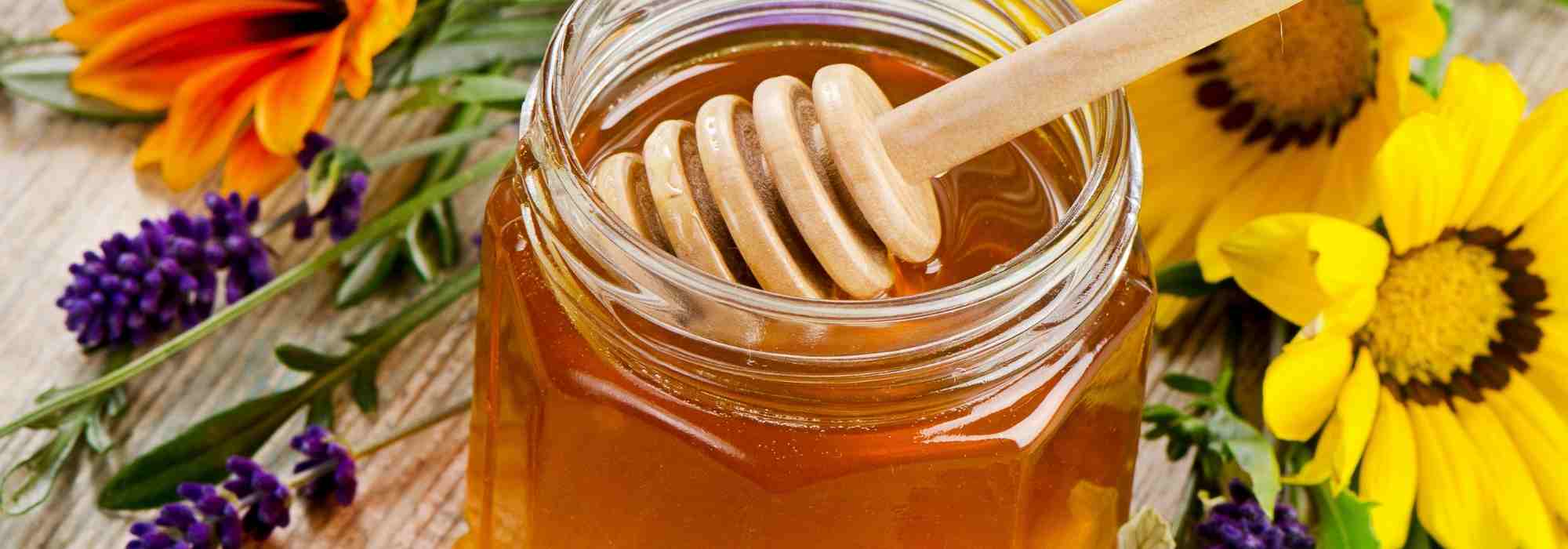
Honey in the Garden: A Natural Ally for Your Plants and Your Health
Tips for Using Honey to Treat Everyday Minor Ailments and Boost Garden Productivity
Contents
Honey, this simple and delicious product, is enjoyed by young and old alike. But did you know that honey actually hides an unsuspected richness, both for human health and for the balance of the garden? A living legacy of floral activity and the genius of bees, it indeed contains a range of bioactive elements capable of supporting the vitality of both the body and plants. For millennia, civilisations have recognised its healing properties, but contemporary gardeners are also rediscovering its practical uses in the ecological maintenance of crops. If you’re used to consuming honey purely for pleasure, why not incorporate it into your therapeutic and horticultural practices?
Discover the many facets of honey to combine health and sustainable gardening in your daily life, while promoting biodiversity.
Honey, a natural product with multiple benefits
Produced by honeybees from flower nectar, honey is for many simply a sweet food. But it’s much more than that! It concentrates numerous plant resources within itself. Thus, the floral origin of honey largely determines its properties, as each variety expresses the biochemical richness of the dominant plant species in the foraging area.
A Food Rich in Bioactive Compounds
The composition of honey is remarkably complex: it contains mostly simple sugars easily absorbed by the body, such as fructose and glucose, but also numerous enzymes, organic acids, amino acids, phenolic compounds, and a wide range of minerals (potassium, calcium, iron, zinc). It also contains natural antioxidants, including polyphenols, which partly explain its health benefits and role in cellular preservation.
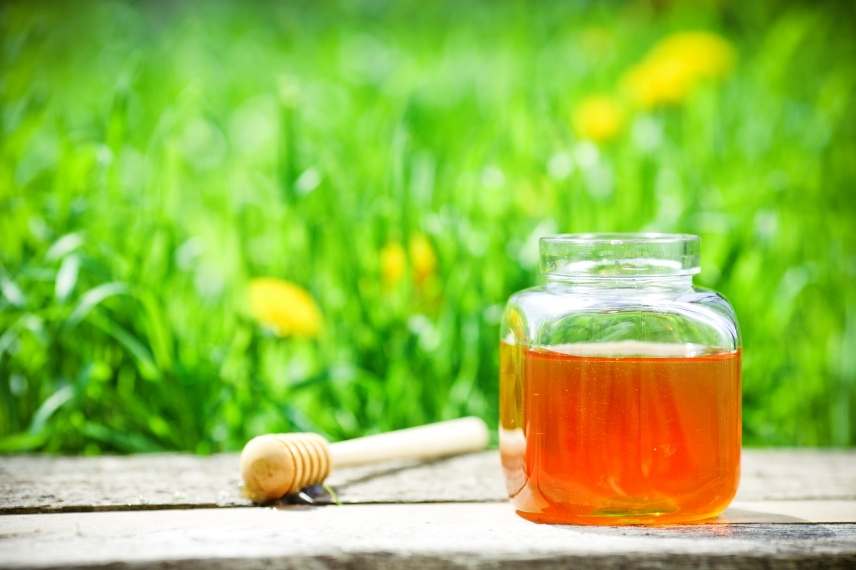
High-quality, unpasteurised honey is rich in bioactive compounds
The Importance of Honey Quality and Origin
The organoleptic characteristics of honey—namely its colour, aroma, and texture—vary depending on the flowers foraged and influence its therapeutic and horticultural uses. For example, thyme honey, rich in antiseptic compounds, won’t have the same effect as acacia honey, which is milder and more stable. The harvesting method also plays a significant role in product quality: unheated, unpasteurised, unfiltered honey from responsible beekeeping retains the integrity of its active compounds. Conversely, overly processed industrial honey loses much of its value, whether medicinal or agricultural.
What are the health benefits of honey?
Used since antiquity in traditional pharmacopoeias worldwide, honey is recognised for its beneficial effects on the body. Today, these uses are well-documented by scientific research, which explores its mechanisms of action at a cellular level. Honey is a true multifunctional therapeutic agent, capable of acting on several fronts simultaneously: immune, digestive, skin, and breathing.
Anti-inflammatory and antibacterial properties
One of its major strengths lies in its antibacterial and healing properties. For instance, thyme or lavender honeys produce hydrogen peroxide during their metabolism, a naturally antiseptic compound. This bactericidal action is enhanced by honey’s acidity, its high sugar concentration, and the presence of flavonoids. It inhibits the proliferation of numerous bacterial agents, promotes cell regeneration, and hydrates, making it a valuable ally in treating minor chronic or infected wounds and burns. Its anti-inflammatory action also helps reduce redness and swelling.
Benefits for the immune and breathing systems
Its use against breathing conditions remains one of the most popular: honey soothes sore throats, reduces coughing, and protects irritated mucous membranes. The World Health Organisation (WHO) acknowledges its efficacy as a symptomatic treatment, particularly for children aged one year and above.
Moreover, honey strengthens the immune system, largely thanks to its richness in antioxidants and natural enzymes. It supports white blood cell activity, limits oxidative stress, and contributes to tissue repair.
Lastly, honey is a concentrated source of energy, making it an ally during periods of weakness or convalescence. It is ideal for supporting sustained physical efforts and boosting energy during prolonged fatigue.
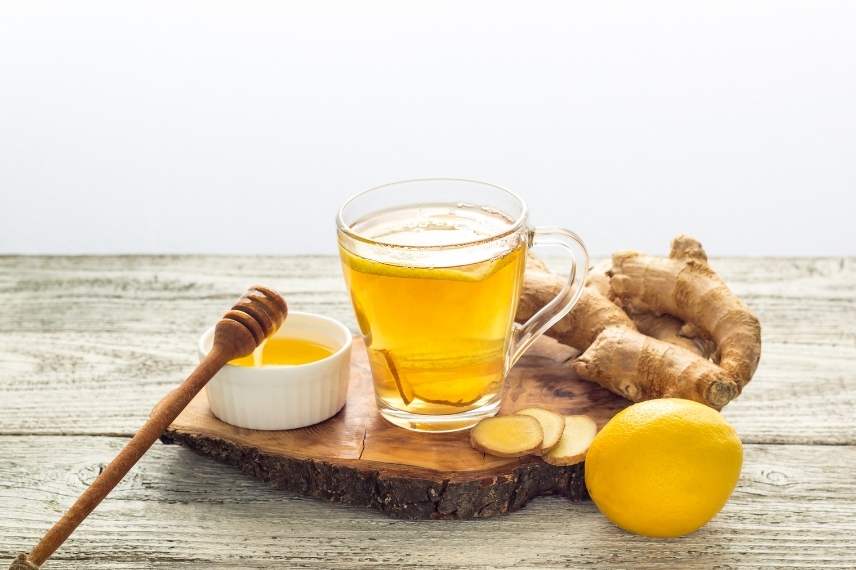
Honey can have a healing effect on the breathing and immune systems, as well as digestive benefits
Digestive benefits
On the digestive front, it acts as a natural prebiotic, promoting the balance of gut microbiota, essential for overall health. Certain varieties, such as rosemary or lavender honey, are traditionally used to relieve liver disorders or soothe digestive spasms. As for acacia honey, it proves effective in combating poor digestion and improving intestinal comfort.
What are the benefits of honey in the garden?
Beyond its health benefits, honey can play an effective role in horticultural practices. Used wisely, it becomes a natural stimulant for plants and a key player in the garden’s organic balance.
Honey as a propagation by cuttings stimulator
One of its best-known uses among experienced gardeners is its role as a natural rooting agent. Honey promotes root production thanks to its enzymes and simple sugars. It forms a protective barrier against pathogenous agents, reducing the risk of rot or infection. This practice, highly valued in organic gardening, effectively replaces synthetic plant hormones for cuttings, especially for woody or semi-woody plants.
How to use it? Simply dip the base of the cutting into a small amount of pure honey before planting. The stem should be lightly coated, without excess.
Honey as a natural treatment and plant defence booster
Honey can also be used as a foliar treatment, sometimes combined with other plant extracts, such as nettle manure or comfrey, and horsetail decoction. This type of solution acts as a plant tonic, stimulating plants’ natural defences through foliar application.
How to use it? Honey can be diluted in lukewarm water at a ratio of one tablespoon per litre of water. Use it cooled, spraying it on foliage, the trunk, or at the base of plants, preferably early in the morning or late in the day to avoid sunburn. This treatment can be repeated every three weeks.
Honey as a compost activator
Some gardeners also use honey as a revitaliser or compost booster. A small amount of honey added to a compost heap that is too dry or low in sugars stimulates fermentation, speeds up the decomposition of organic matter, and reactivates microbial activity by feeding microorganisms.
How to use it? Simply add one tablespoon of pure honey for about 10 litres of compostable material. The honey should be diluted in a little lukewarm water before being spread over the compost heap.
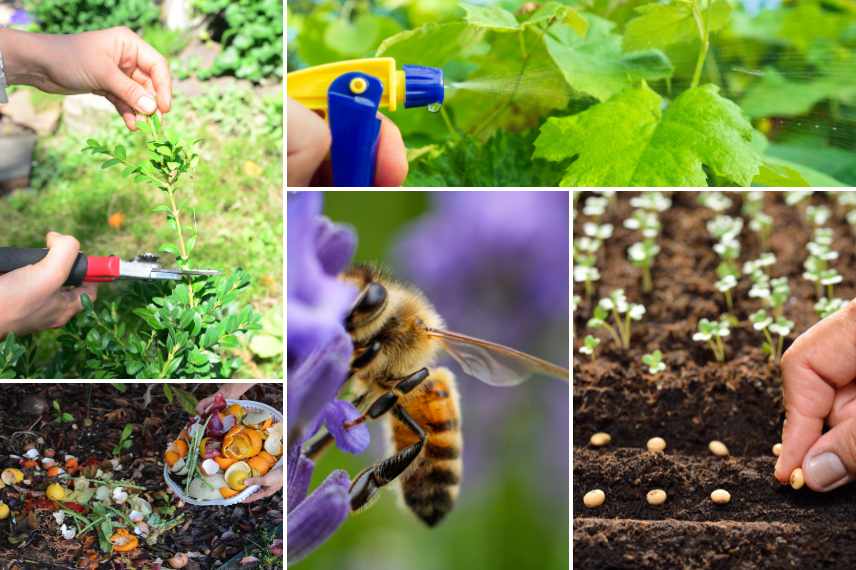
In the garden, honey can be used as a cutting hormone, fungicidal treatment, compost activator, pollinator attractant, and germination stimulator
Honey, a magnet for pollinating insects
Honey also contributes to ecosystem balance by attracting pollinating insects. Although it does not replace flower nectar, its presence in nesting boxes, waterers, or even as bait in insect hotels can help support the activity of bees, solitary wasps, and other native pollinators. During periods of floral scarcity, a well-placed sugar source aids their survival and encourages their presence in the garden the following season.
A nutrient bath for seeds
Honey can also be used to invigorate seeds before sowing. It activates the germination process and strengthens the vigour of young plants. This method is useful for seeds with natural dormancy or for early-season sowings in still-cool soil.
How to use it? Simply soak the seeds for a few hours in a highly diluted solution, using one teaspoon of honey per litre of water.
A few precautions for using honey in the garden
Using honey in the garden requires the right balance. An application that is too concentrated or too frequent can disrupt microbial life or attract unwanted insects (ants, wasps). It is important to always dilute honey properly, avoid using it in direct sunlight, and reserve it for targeted applications.
As with any natural product, context matters: a local floral honey, suited to the climate and unprocessed, will deliver far better results than a generic industrial honey. Similarly, raw honey, cold-extracted and unpasteurised, retains the integrity of its properties.
Many cheap honeys available in supermarkets, often made from international blends or containing added sugars, offer no horticultural benefit. They can disrupt the soil and/or encourage the growth of opportunistic bacteria.
- Subscribe!
- Contents
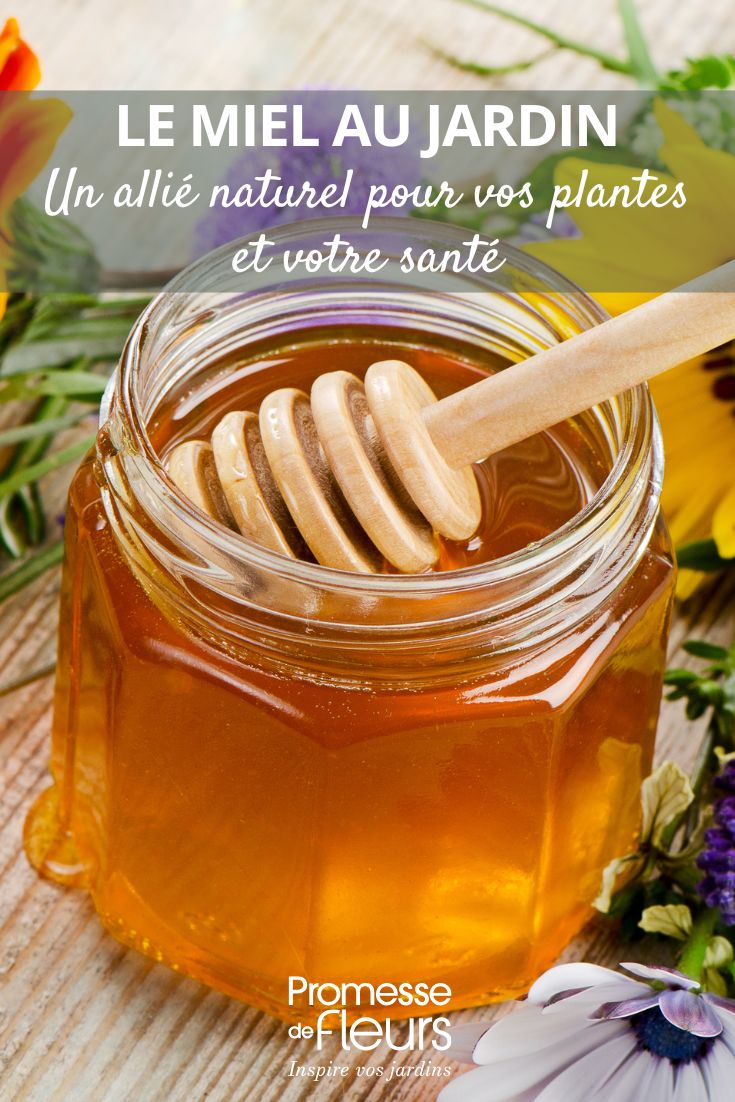































Comments